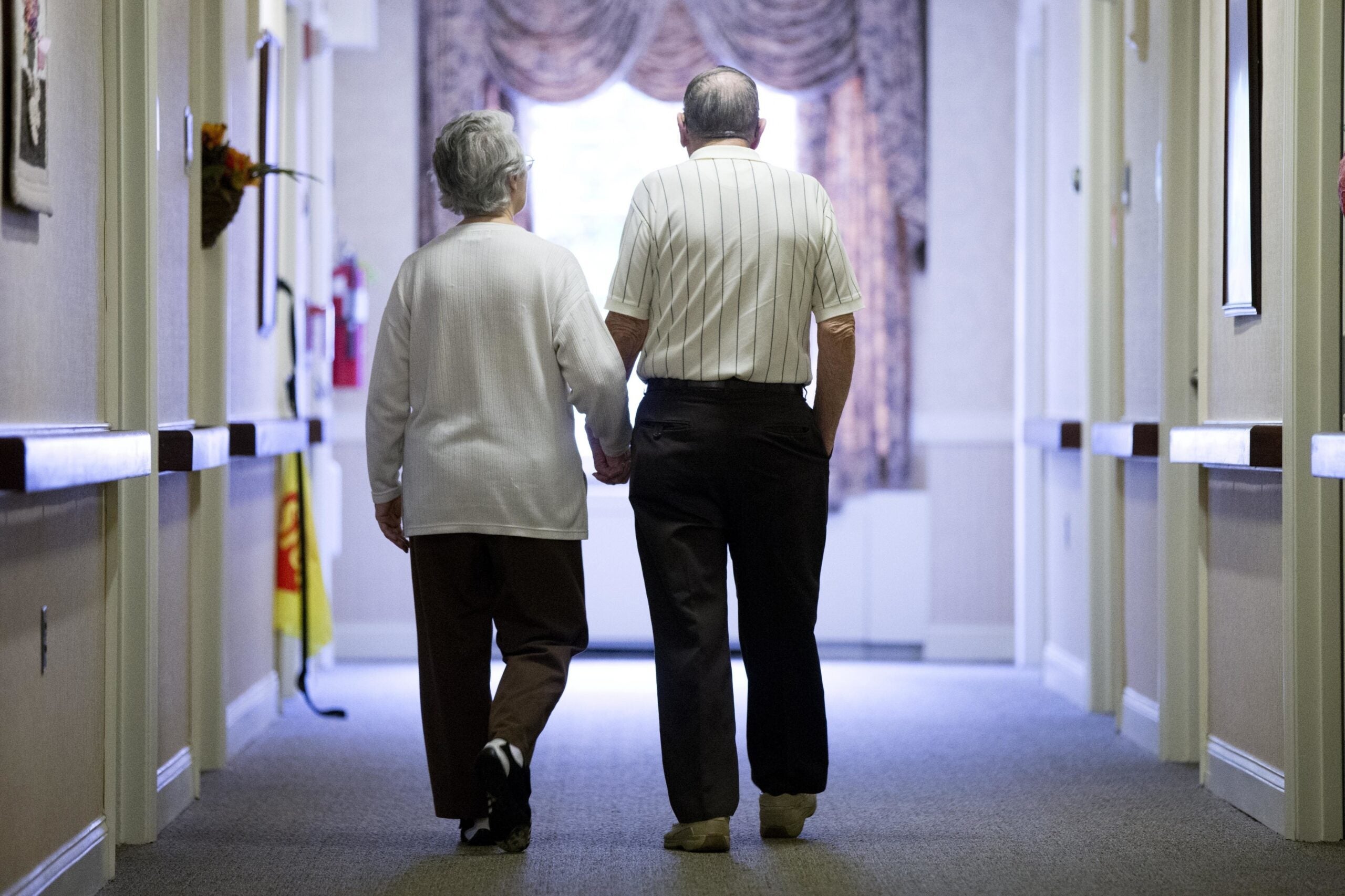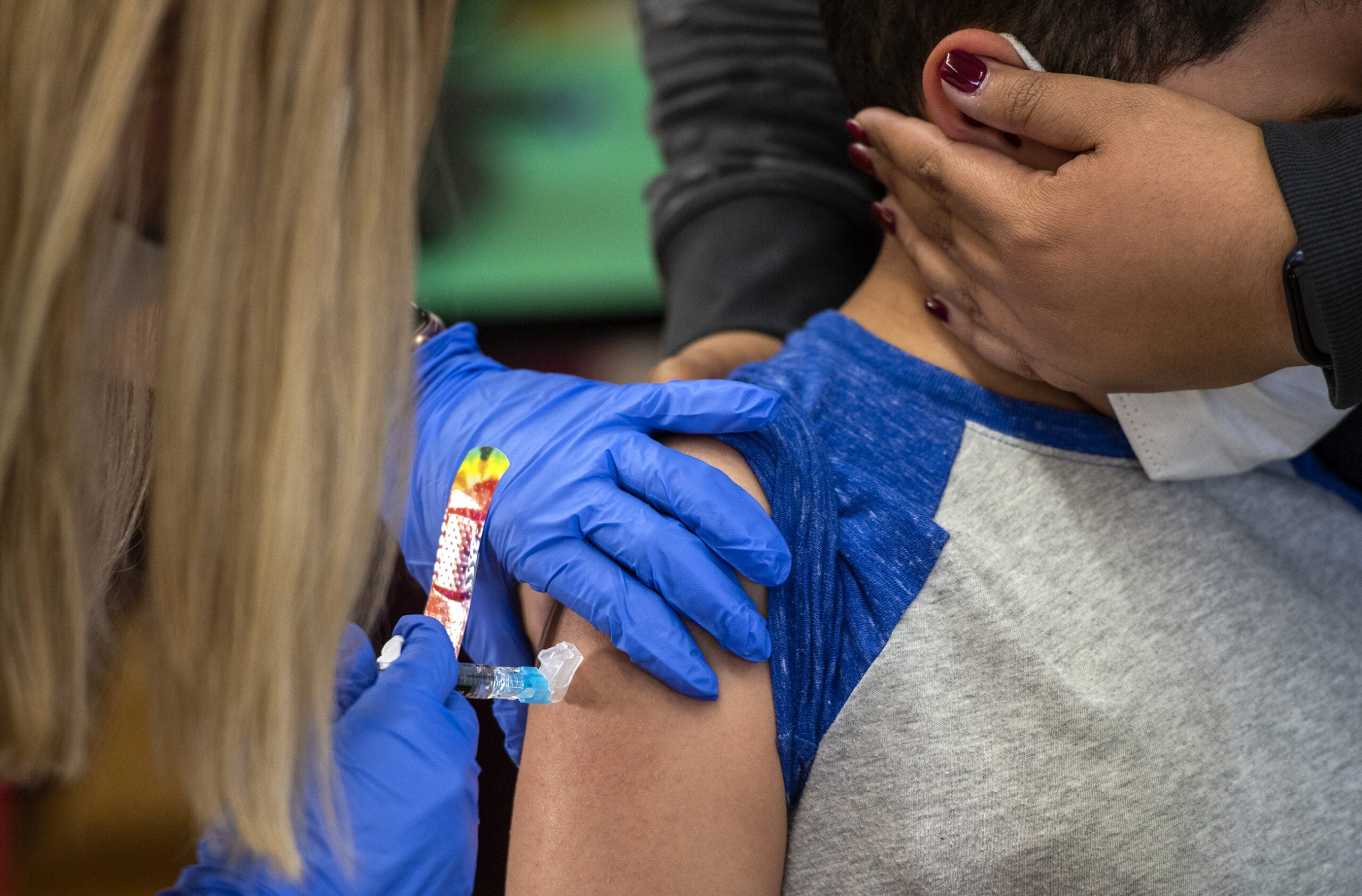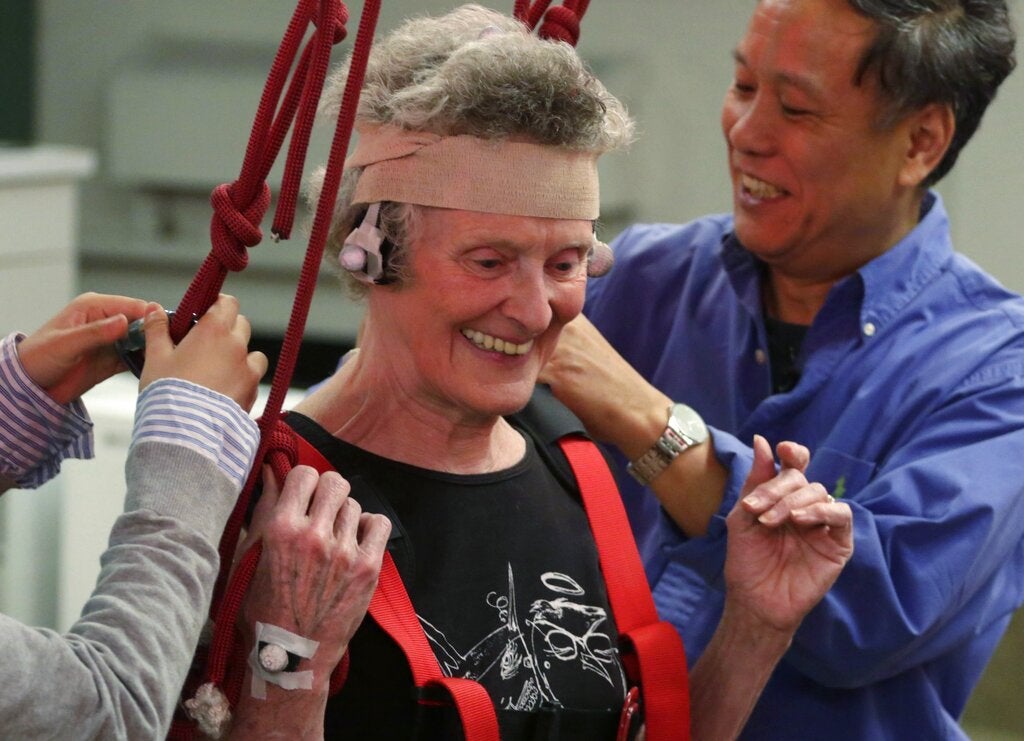Wisconsin has the nation’s highest rate of deadly falls among older adults — and the pandemic may have made the problem worse.
In response, the Centers for Disease Control and Prevention is launching a new campaign — Still Going Strong — in Wisconsin, along with Maine, Oklahoma and Oregon, to prevent falls among older adults.
The campaign will have TV, print, radio and social media ads that highlight the importance of being active and staying up to date on routine doctor’s visits.
News with a little more humanity
WPR’s “Wisconsin Today” newsletter keeps you connected to the state you love without feeling overwhelmed. No paywall. No agenda. No corporate filter.
Wisconsin has consistently ranked in the top three in the nation for deadly falls among older adults, said Janet Zander, policy coordinator for the Wisconsin Aging Advocacy Network.
“We continue to try to find what is the way to message this that’s going to really get their attention. Because we certainly have not been successful to date,” she said.
Candy Hoyt, 70, remembers repeated trips to the hospital for falls she had in 2015. She wasn’t seriously injured but had to undergo rehabilitation services for five weeks.
“I missed Christmas, I missed New Years. I missed a lot,” she recalled. “When I went in, I could not walk on my own, I needed help. It was a very humbling experience.”
Doctors believe a thyroid problem made her gait unstable, along with low vitamin D levels which she said may have increased her chances of falling.
While exercise classes like Stepping On focus on improving strength and balance, there are many contributing factors that can affect a person’s gait or ability to stay upright — like Hoyt’s. And sometimes it’s not always obvious.
“To a lot of people it’s confusing and their first answer will be, ‘Well, it’s cold outside and it’s slippery.’ That’s not it. We have colder states, we have Minnesota doing better than us,” said Dave Nelson, executive director of The Wisconsin Institute for Healthy Aging which urges older adults to talk to their doctor’s about any medication they’re on, in case it may contribute to falling.
Rate Of Elderly Falls In Wisconsin Getting Worse
Not only is Wisconsin No. 1 in deadly falls, but the most recent data shows rates are increasing faster than other states.
The rate of deaths from falls among people 65 and older in Wisconsin rose 19.1 percent from 2016 to 2019, while the nationwide rate increased 7.6 percent over the same time period, according to the CDC.
A 2019 report from the Wisconsin Department of Health Services showed alcohol-related disorders accounted for the second-highest rate of hospitalizations in those 65 and older, and that “excessive drinking, icy winters and better reporting of falls” were cited as reasons for why Wisconsin leads the nation in deadly falls.
New national data for 2020 isn’t out yet but some have speculated that, like other Americans cooped up during the pandemic, older adults may have lost some strength and balance that can help prevents falls.
Nelson said isolation may have led to weight gain, depression and substance abuse, making for a “recipe for falls.”
Robin Lee, an epidemiologist who leads the Safety Promotion Team at CDC’s National Center of Injury Prevention and Control, echoed his concern.
“We know that older adults may have stayed home more, may have stopped going to group exercise classes and while this was important to prevent the spread of COVID-19, it’s also really important that we stay active to prevent injuries,” Lee said.
Wisconsin Public Radio, © Copyright 2025, Board of Regents of the University of Wisconsin System and Wisconsin Educational Communications Board.







